- Author Antonio Harrison [email protected].
- Public 2023-12-16 07:44.
- Last modified 2025-01-22 21:44.
For at least several centuries, the cane has been as important a part of a man's wardrobe as a pair of trousers. And in fact, many gentlemen probably had several walking sticks for different occasions, for work, walking on weekdays or on weekends.

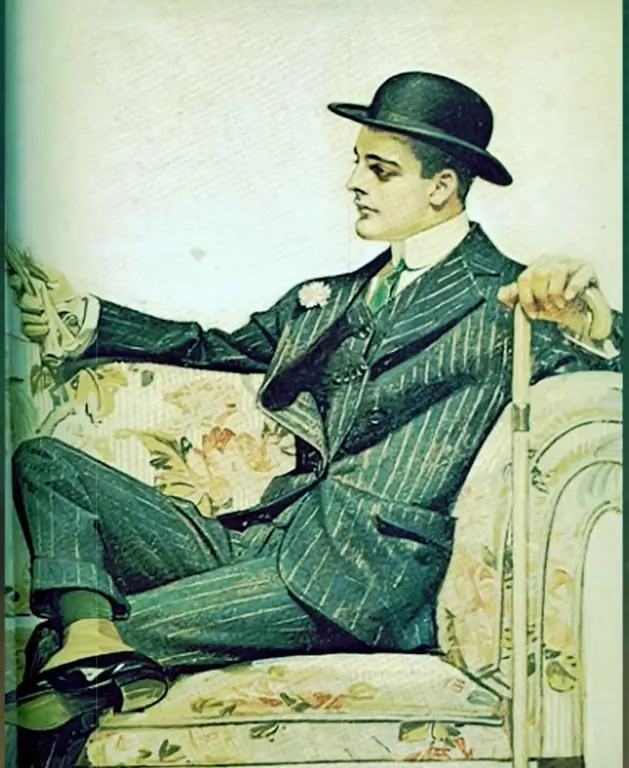
The cane has a very long and interesting history. From the earliest times, people from different civilizations have used the cane not only for walking and self-defense, but also as a decoration, as well as to highlight their wardrobe, to show their status in society.

Initially, walking sticks were a necessary tool for a shepherd, shepherd and traveler. The hefty stick was an excellent defense against thieves and wild animals, as well as for managing a herd of sheep, goats or cows.
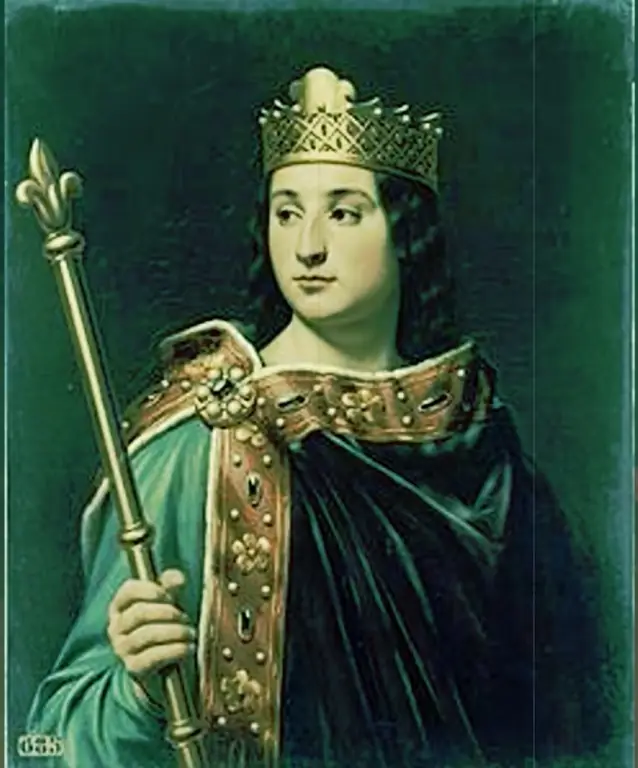
Over time, the cane became known as a symbol of power, strength, authority and social prestige. The rulers of many cultures carried a cane or staff with them.

It was believed that the Egyptian pharaohs carried staffs from one to two meters in length. Often they were crowned with a decorative lotus-shaped handle. Ancient Greek gods were often depicted with a staff in hand.
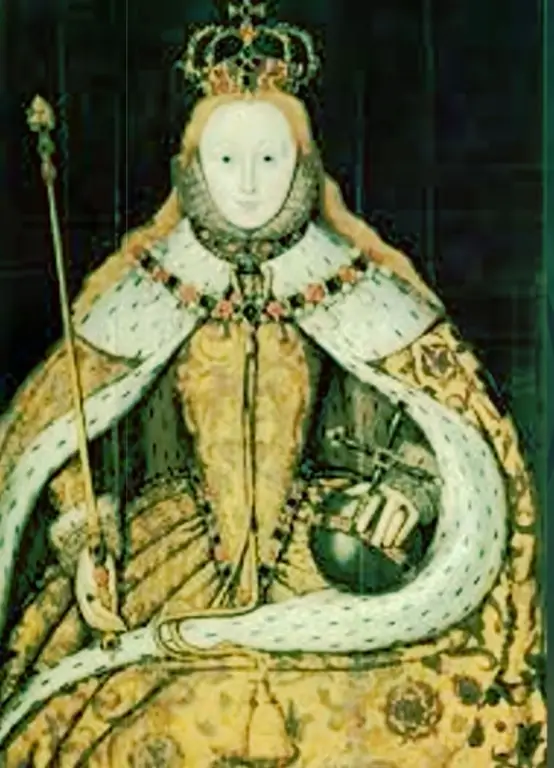
In the Middle Ages in the territory of modern Europe, the scepter in the right hand was a symbol of royal power, and the scepter in the left symbolized justice.
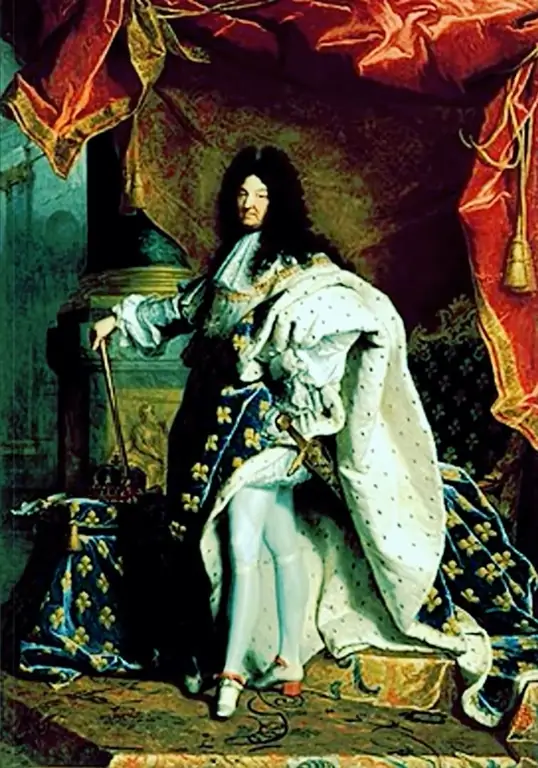
King Louis XIV of France wore a cane encrusted with precious stones and actually forbade his subjects to carry something like that in his presence. The cane was a symbol of his strength.

Henry VIII also used a walking stick as a symbol of British royalty.

The church began to use staves to denote its higher offices. The crooked rod with a hook held by the Bishop was a symbol of his high status in his community.
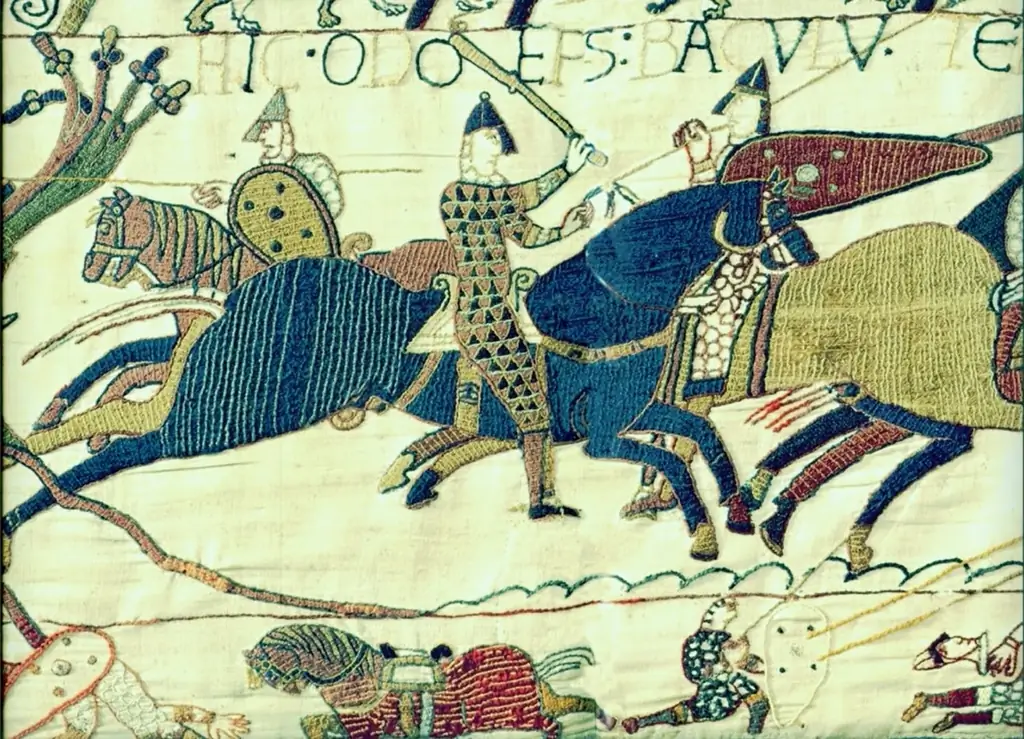
At the end of the 15th century, it became fashionable to wear a cane as an item of everyday wardrobe. She began to replace the sword, which was forbidden to be worn in colonial and European cities.

The word cane itself, to denote a hand stick, began to be used only in the 16th century, when bamboo and other tropical herbs and reeds began to be used to make a pole.

Beginning in 1702, Londoners were required to be licensed to carry a walking stick. The use of a cane was considered a privilege and gentlemen had to follow special rules, otherwise they would lose this privilege. For example, it was forbidden to carry a cane under the arm, hang it on a button, or wave it on the streets of the city. In this case, the cane was confiscated, and the owner was deprived of the right to carry it.
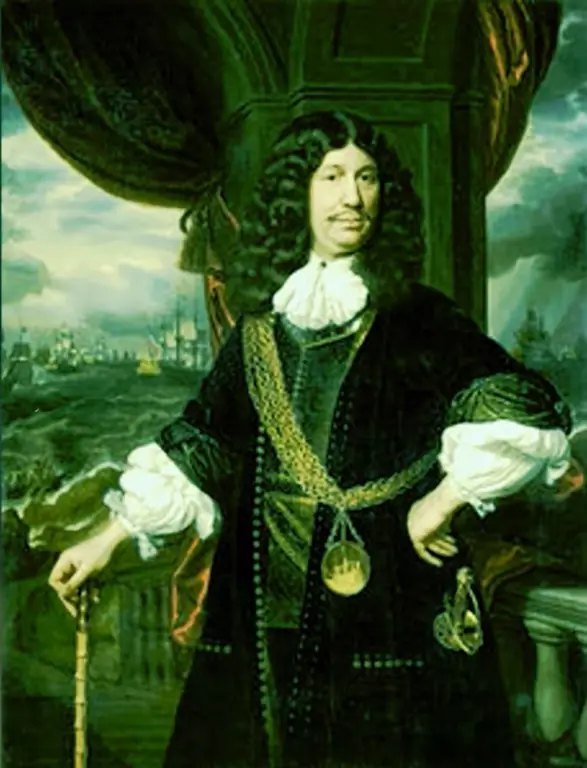
The cane also could not be used on Sundays or holidays. It was forbidden to be brought to visit dignitaries or members of the royal family, given the connotation of the cane as a symbol of power, as well as the ability to hide weapons.
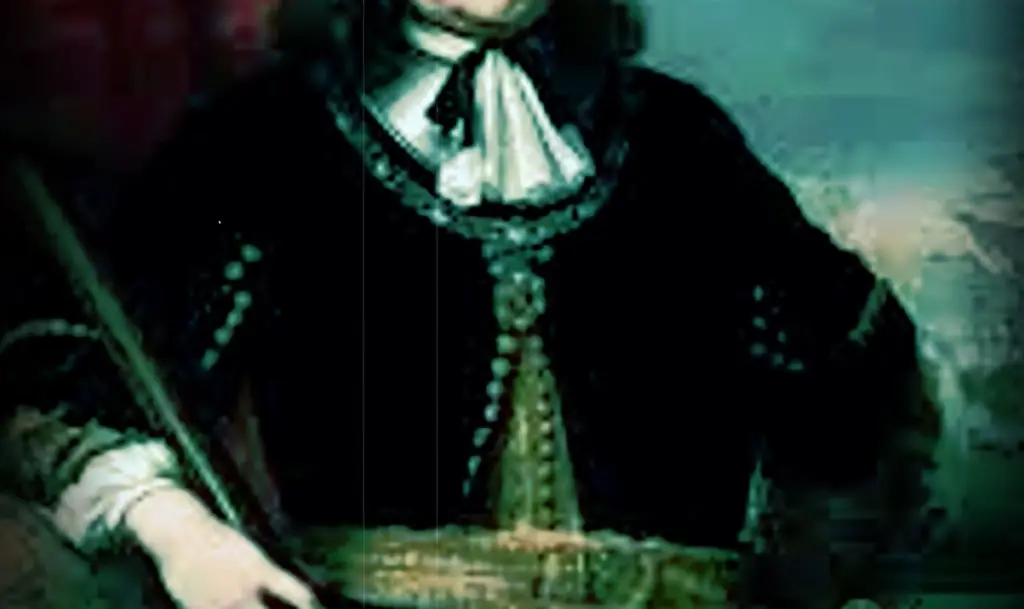
The cane served as a ceremonial sign of military power. The short stick or club was a favorite accessory for military officers in Europe from the 18th to the early 20th century. Walking sticks were used not only in official military uniforms, but were even sometimes given in memory of a noble service. Ceremonial canes could also serve as a sign of office or membership in universities, political parties, merchant guilds, and so on.

The doctors were famous for carrying a cane. Vinegar was previously thought to ward off disease, so many reeds had a hollowed out cell in the handle to hold a sponge soaked in vinegar. The doctor held a cane in front of his nose and inhaled vinegar, something like a protective mask.

Walking sticks became popular with doctors because they used cells hollowed out in wood to store medical devices and medicines. When visiting a patient at home, this allowed not to attract too much attention to oneself, reducing the likelihood of robbery. You must admit that a cane is a much less noticeable accessory than a medical bag.

Walking sticks with a hidden blade, sword or knife were popular among the military and dignitaries of the 17th century. This trend continued until the 1800s and led to the development of walking sticks with embedded firearms. Some examples were used for hunting and shooting sports.
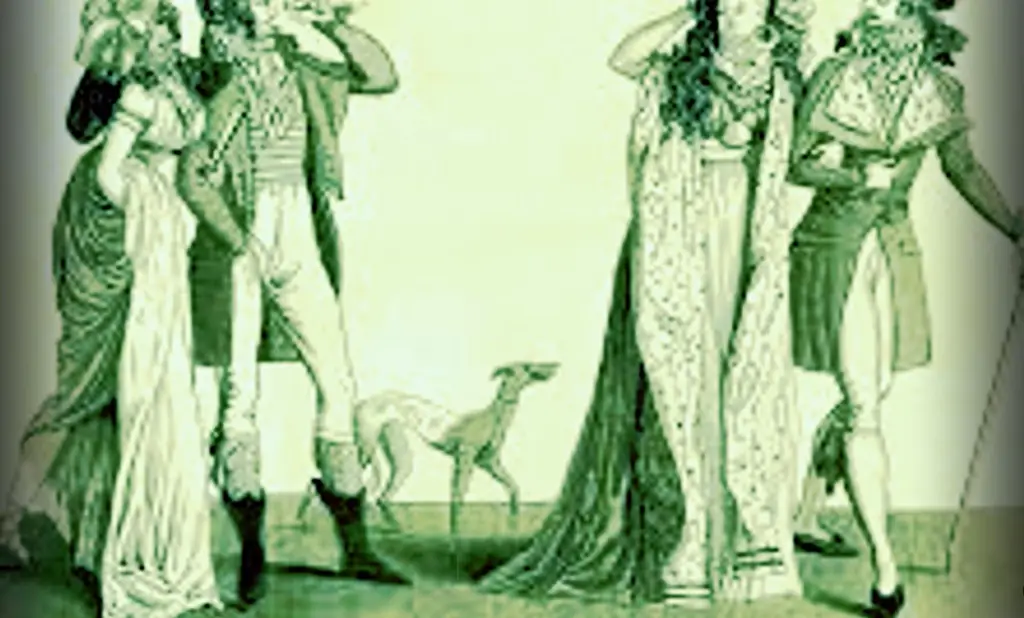
Walking sticks were made of ivory, whalebone, glass, metal, precious woods - malacca or rattan, bamboo and other hardy reeds. High-quality canes spoke eloquently about a person's wealth and social status. Naturally, the more expensive the wood, the more valuable the cane. And the choice of historical material helped to convey the status of the owner. For example, Malacca wood, which can only be found in the region of Malacca (Malaysia), must be specially grown, and the Irish thorn must not only be grown for a long time, but cut into pieces and set aside for years to harden before it can be used to make a walking stick.
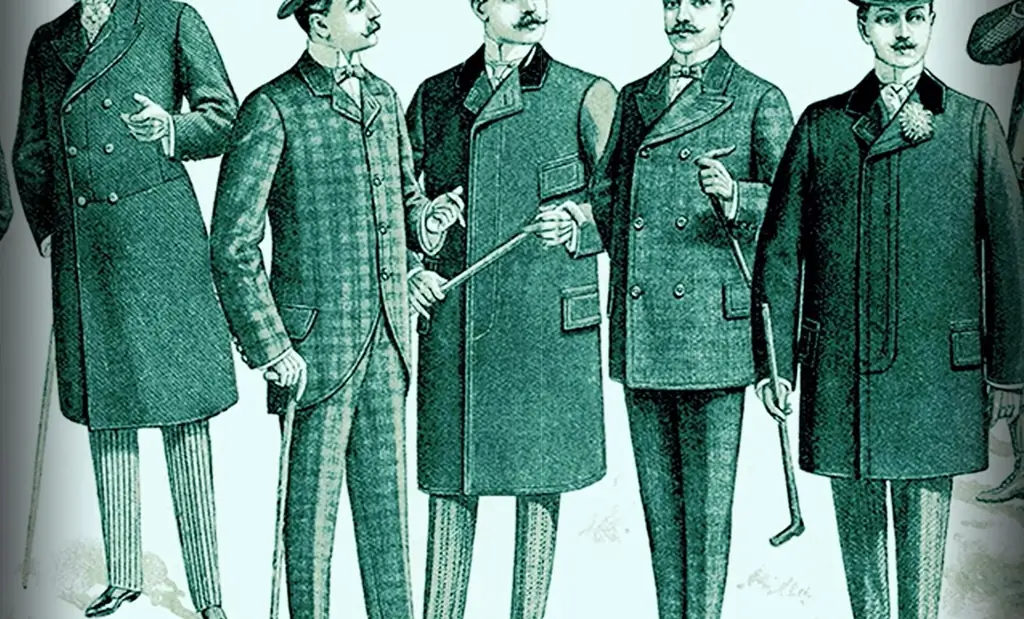
The handle was traditionally decorated, made of silver, gold, ivory, horn or wood. She could also be adorned with precious stones. The canes could be divided into day and evening canes. A person in good social standing was supposed to have a cane for all occasions, in much the same way that women have a set of daily outfits.
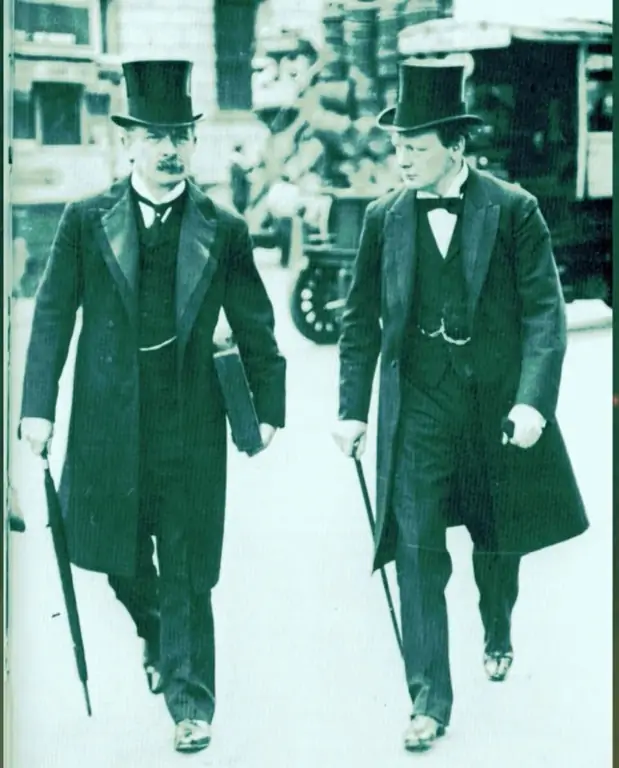
Day canes were varied in style, and rare and expensive materials, ornaments, and intricate décor helped showcase their wealth to those around them. Traditional evening canes were usually made of ebony and were narrower. And sometimes shorter than daytime ones. Silver pens or gold ribbons adorned the nibs and pens.
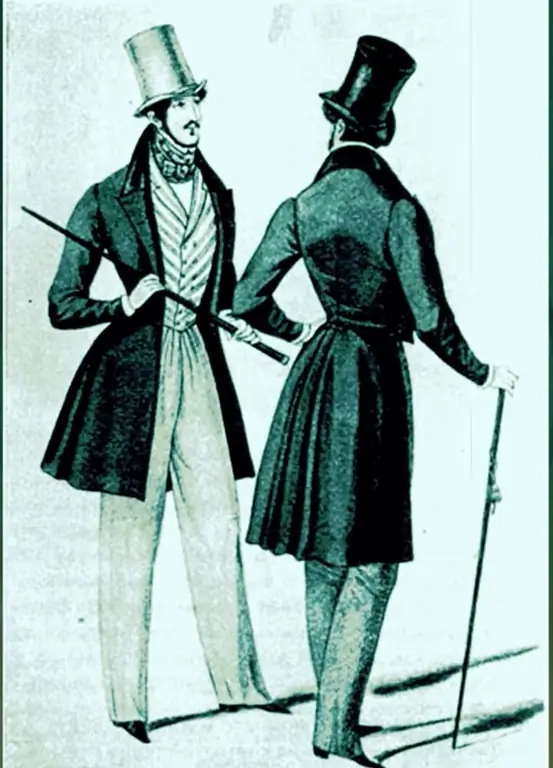
Until the beginning of the 19th century. professional carvers and artisans produced canes exclusively by hand, that is, each of them, in fact, was exclusive. However, the popularity of fashionable walking sticks stimulated the market for mass production, which subsequently led to their decline.
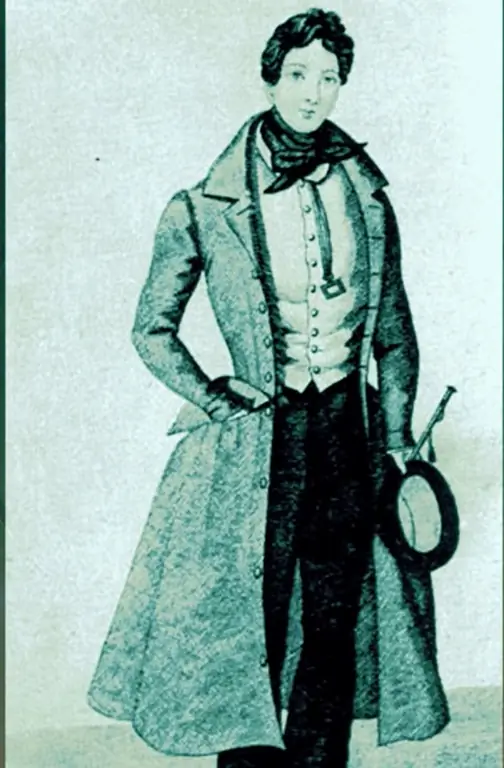
By the end of the 19th century, materials could be purchased all over the world and exactly the same canes produced in large quantities to meet public demand. Walking canes became less fussy, reflecting modern fashion, and a wooden cane with a curved handle became standard.
At the turn of the century, walking sticks began to fall out of fashion. And at the beginning of the twentieth century, they were increasingly replaced by more practical umbrellas with a long handle.
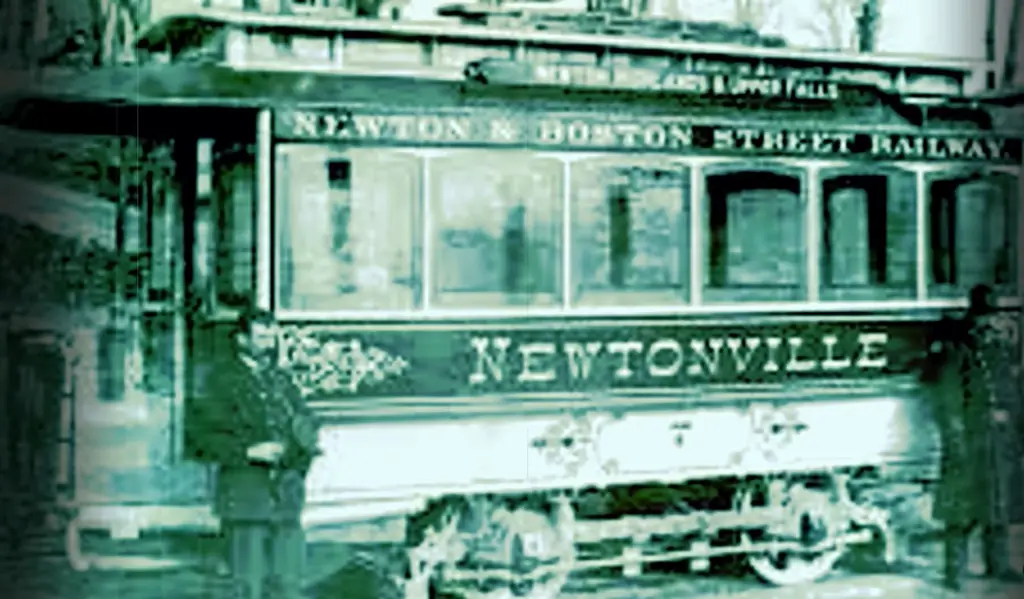
The advent of automobiles and public transportation, as well as the popularity of the briefcase and attaché, made the walking stick less useful as a physical support device. Therefore, inevitably, the cane has lost its traditional association with aristocracy, power and authority. Instead, it became a symbol of the elderly and infirm.
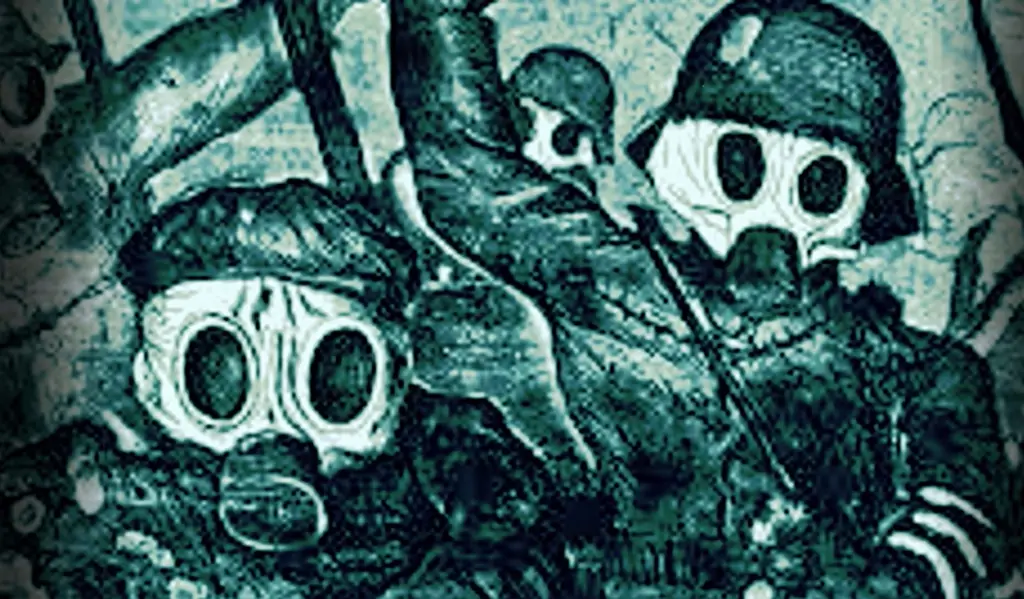
This association intensified even more in the interwar period. On the streets of Europe, many cripples appeared who needed an orthopedic cane, which became an exclusively medical device.






